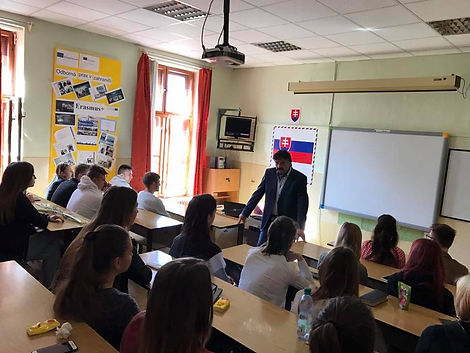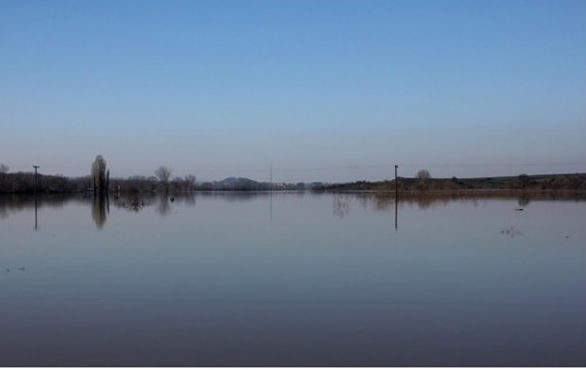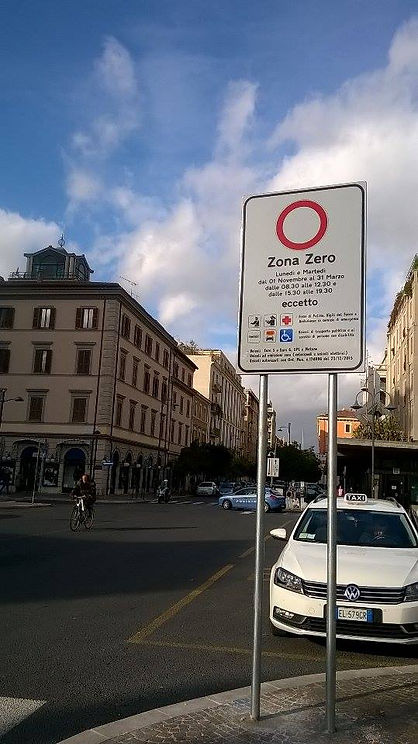11. Build inclusive, safe and sustainable cities and human settlements

FACTS AND FIGURES
-
Half of humanity – 3.5 billion people – lives in cities today
-
By 2030, almost 60 per cent of the world’s population will live in urban areas
-
95 per cent of urban expansion in the next decades will take place in developing world
-
828 million people live in slums today and the number keeps rising
-
The world’s cities occupy just 3 per cent of the Earth’s land, but account for 60-80 per cent of energy consumption and 75 per cent of carbon emissions
-
Rapid urbanization is exerting pressure on fresh water supplies, sewage, the living environment, and public health
-
But the high density of cities can bring efficiency gains and technological innovation while reducing resource and energy consumption
GOAL 11 TARGETS
-
By 2030, ensure access for all to adequate, safe and affordable housing and basic services and upgrade slums
-
By 2030, provide access to safe, affordable, accessible and sustainable transport systems for all, improving road safety, notably by expanding public transport, with special attention to the needs of those in vulnerable situations, women, children, persons with disabilities and older persons
-
By 2030, enhance inclusive and sustainable urbanization and capacity for participatory, integrated and sustainable human settlement planning and management in all countries
-
Strengthen efforts to protect and safeguard the world’s cultural and natural heritage
-
By 2030, significantly reduce the number of deaths and the number of people affected and substantially decrease the direct economic losses relative to global gross domestic product caused by disasters, including water-related disasters, with a focus on protecting the poor and people in vulnerable situations
-
By 2030, reduce the adverse per capita environmental impact of cities, including by paying special attention to air quality and municipal and other waste management
-
By 2030, provide universal access to safe, inclusive and accessible, green and public spaces, in particular for women and children, older persons and persons with disabilities
-
Support positive economic, social and environmental links between urban, peri-urban and rural areas by strengthening national and regional development planning
-
By 2020, substantially increase the number of cities and human settlements adopting and implementing integrated policies and plans towards inclusion, resource efficiency, mitigation and adaptation to climate change, resilience to disasters, and develop and implement, in line with the Sendai Framework for Disaster Risk Reduction 2015-2030, holistic disaster risk management at all levels
-
Support least developed countries, including through financial and technical assistance, in building sustainable and resilient buildings utilizing local materials
TASK
Write about your suintable community, city or town:


Mayor of the town Levice Mr. Mišák about Sustainable Development
Students of Business Academy in Levice Slovakia met a Mayor of the town of Levice Mr. Štefan Mišák and had a discussion about support for Sustainable Development in the Slovak Republic and in the town of Levice which is implemented by the Regional Environmental Center, guaranteed by the Ministry of the Environment of the SR and financed by the United Nations Development Program .
The mayiór said that supporting mechanisms of the suintable development in Slovakia are:
-development of modern parliamentary democracy, reform of institutions, amendment of legislation (laws, strategic and conceptual documents, Constitution of the Slovak Republic)
-the beginning of the process of fundamental reforms of society gradual shift of "top-down" competences - from state to self-government, closer to citizens
-development of the third sector (especially NGOs); the pre-accession process of the SR to the European Union, the invitation of the Slovak Republic to the OECD
-gradual change of collective thinking and negotiation on individual - greater weight of the citizen
-building a market economy - privatization, development private property
Mr. Mišák said that the main obstacles to achieve the sustainable development in Slovakia are:
-the unfavorable situation in society
-inadequate transparency of decision-making in the VS, persistent corruption and clientelism
-overall slow and low efficiency of reforms
-deteriorating the quality of life of some groups of citizens
-a totally low-performing and inappropriately structured economy
-efforts to save inefficient large businesses
-insufficient resources for financing and developing culture, education, science, health, environment, ...
-insufficient representation of prospective industries; -the high energy demand of the economy
-high energy performance of the economy and low use to recover. energy sources
-persistent groundwater pollution, soil contamination, poor state of health of forests
We all have to try hard to be successful in the field of sustainable cities and towns and we will – the world, national governemtns and local authorities, citizens...
ITALY, Terni among the 28 most polluted areas in Italy
"There are 28 areas, in 10 different Italian regions, which have led the EU Commission to refer our country to the Court of Justice because of the 'persistent high levels' of PM10 in the air. Among the 28 areas there isTerni, Umbria. " reveals Piernicola Pedicini, Italian spokesperson for the European Parliament.
Since the beginning of the year, thanks to the data provided by ARPA Umbria, we know that the level of PM10 in Terni is equal to 33. A number that means the quality of the air is almost unacceptable. As for the sources of emissions of these substances, in Terni the traffic and steelworks play a leading role, but the contribution of incineration is also felt although it was drastically reduced in 2008 after the closure -by the judiciary- of the Terni Municipal Services Company.
To help Terni emerge from the abyss of pollution, citizens can rely on 17 SDGs, specifically the goal number 11, that talks about sustainable cities and communities. According to the UN a city to be sustainable must reduce the consumption of resources and energy and at the same time bring efficiency and technological innovation to the industries. An example of technological innovation is the implementation of photovoltaic panels in all the factories, because even if their help was little, they would still help to reduce consumption.
In Terni have been introduced two zones with traffic limits. An area of environmental protection that extends throughout the municipal area, where the Euro 3, 4, 5, 6 petrol and diesel vehicles can circulate, and a 'zero zone' where vehicles can circulate on the first two days of the week between 8.30 and 19.30.
With an effort by citizens to consume less and protect the environment, we can reach 2030 with a good improvement on cities.


Our hometown Orestianda, Greece lies on the borders of three countries, Greece, Bulgaria, and Turkey. The great Evros river and other rivers flow between us and are the natural borderlines. However, it is a common phenomenon when those rivers break their banks, causing flooding in parts of northern Greece, southeastern Bulgaria, and northwestern Turkey.
When rivers flood, crops are destroyed, residences and factories may be damaged. Also, roads cannot be used and last but certainly not least, there is the case of human lives being lost due to drowning.
Goal 11 of the SDGs calls for measures to be taken, so as to decrease the direct economic losses relative to the global gross domestic product caused by disasters, including water-related disasters.
Watch below, a short video from Euronews which is free to be used for educational purposes. We saw it in class, so as to learn more about the goal 11 of SDGs.
https://www.chron.com/news/media/Watch-how-the-Evros-river-floods-parts-of-Greece-1230255.php






